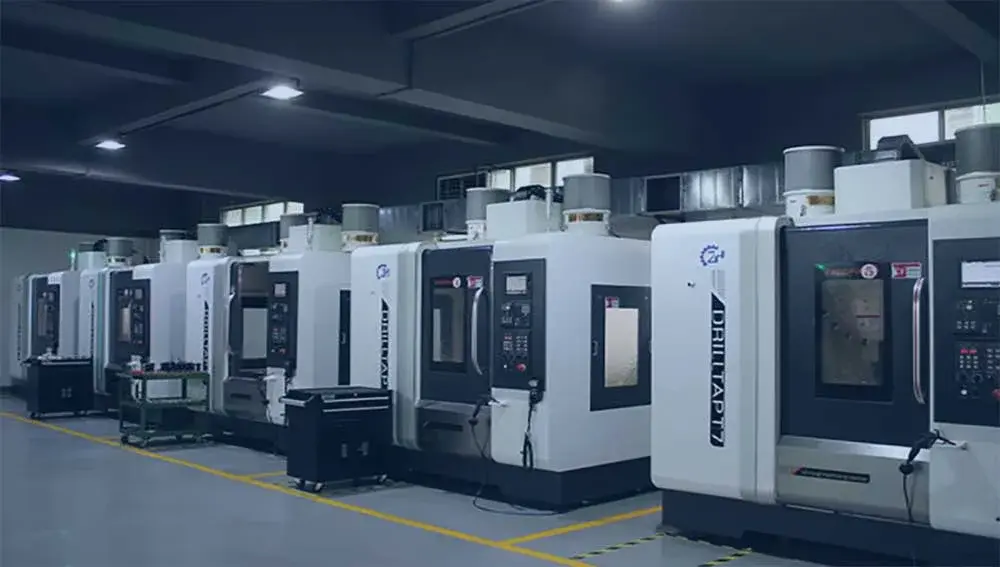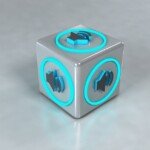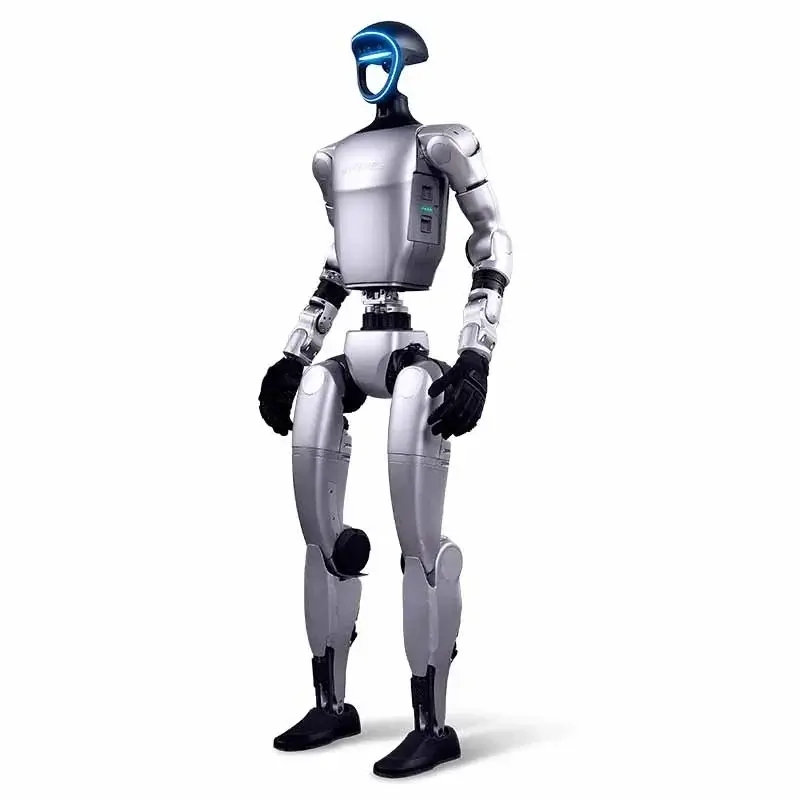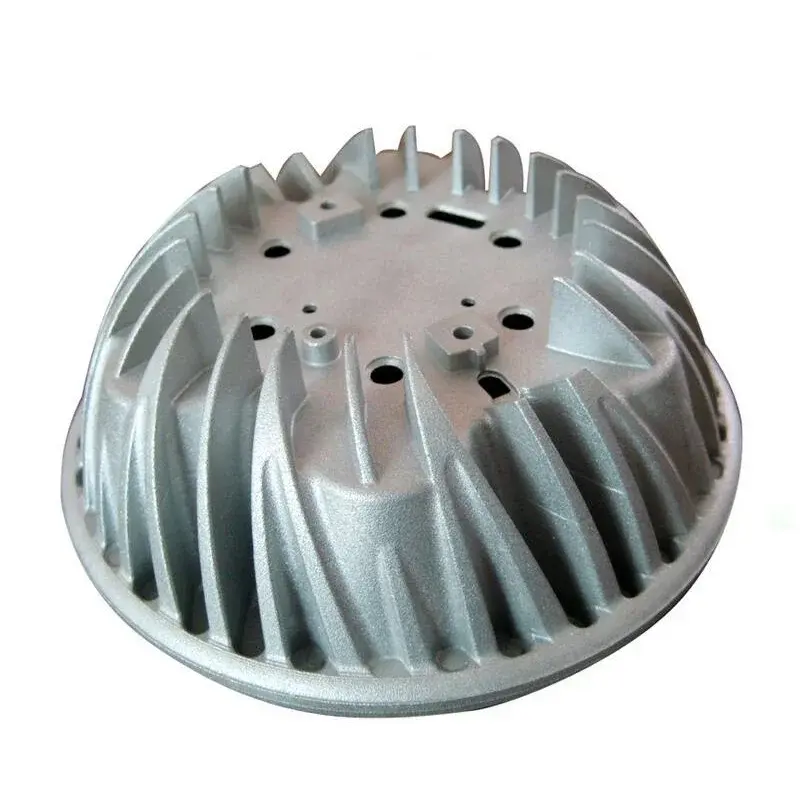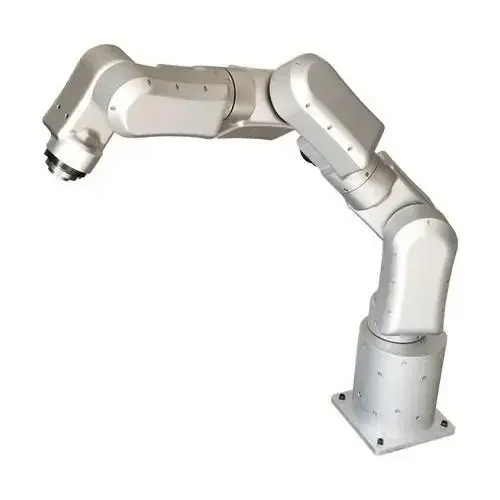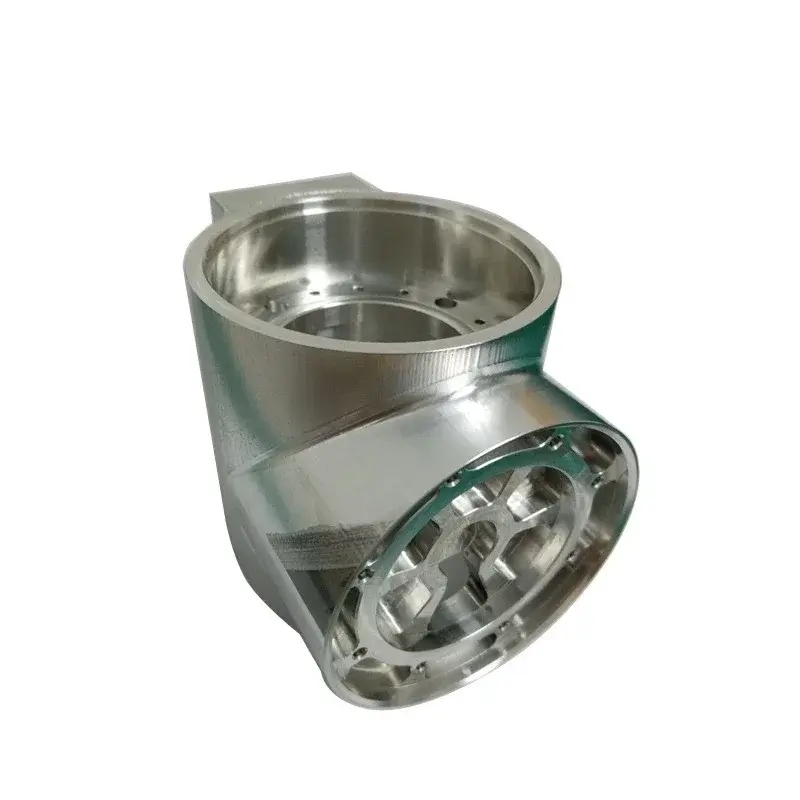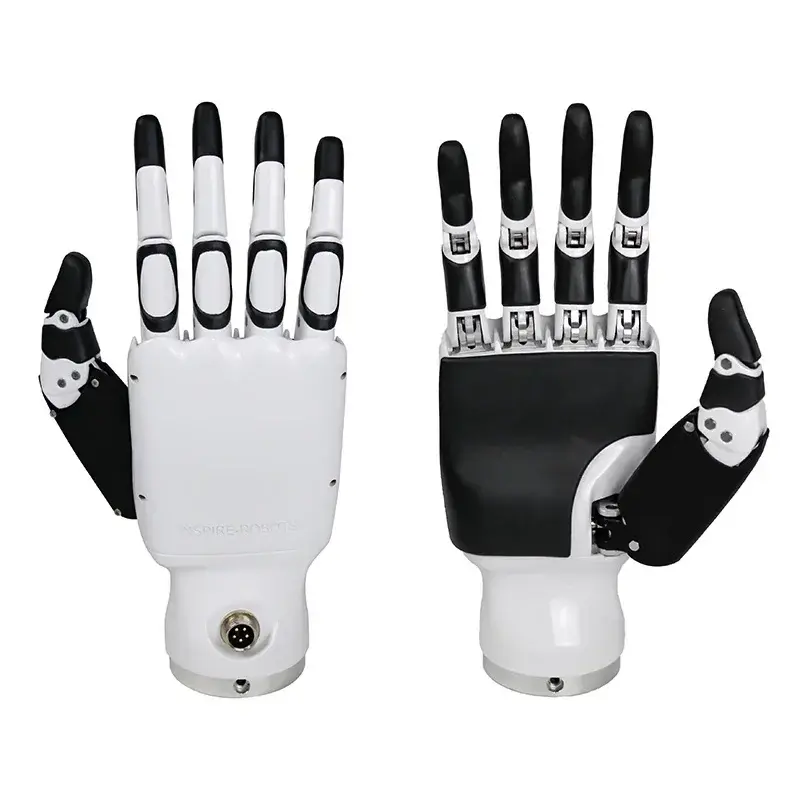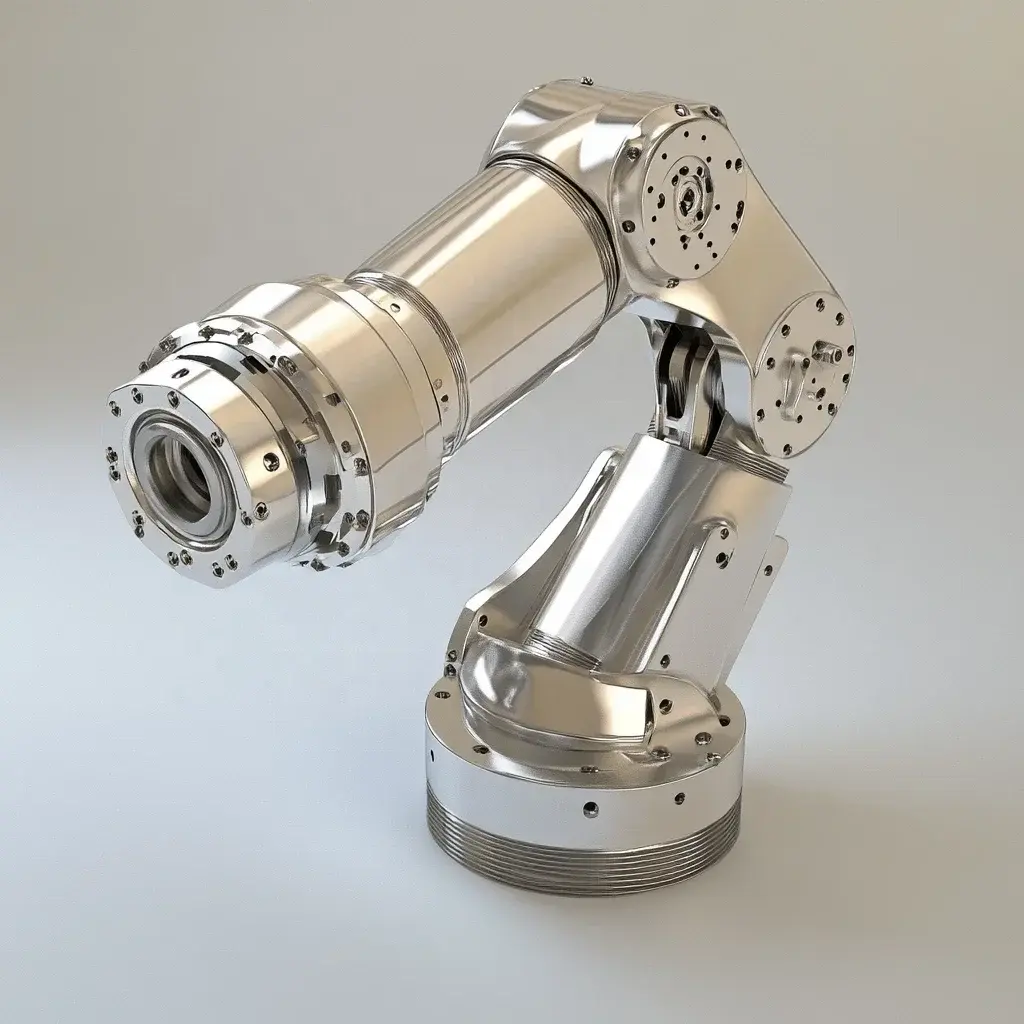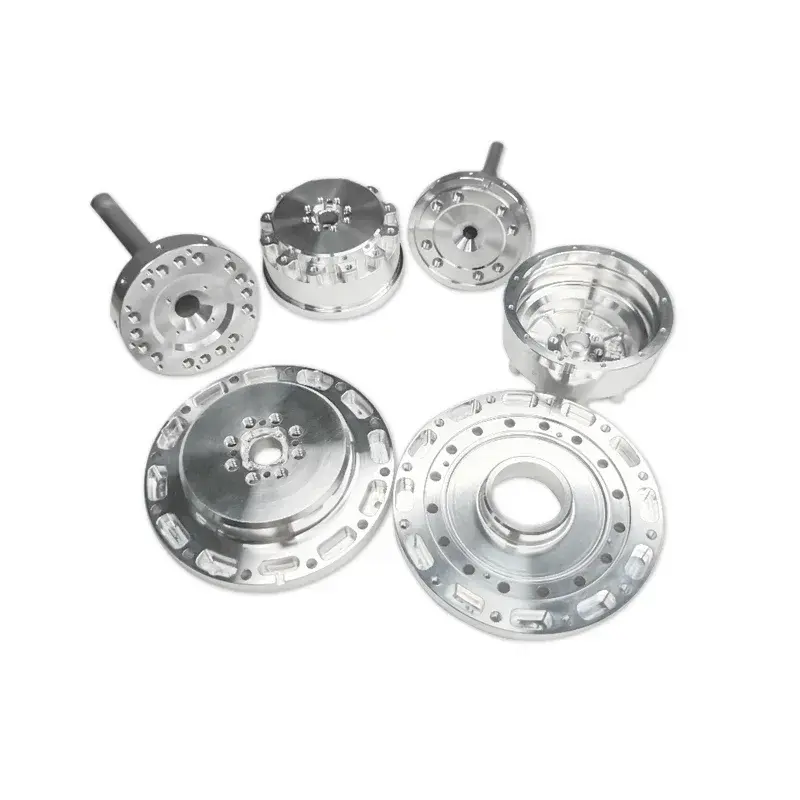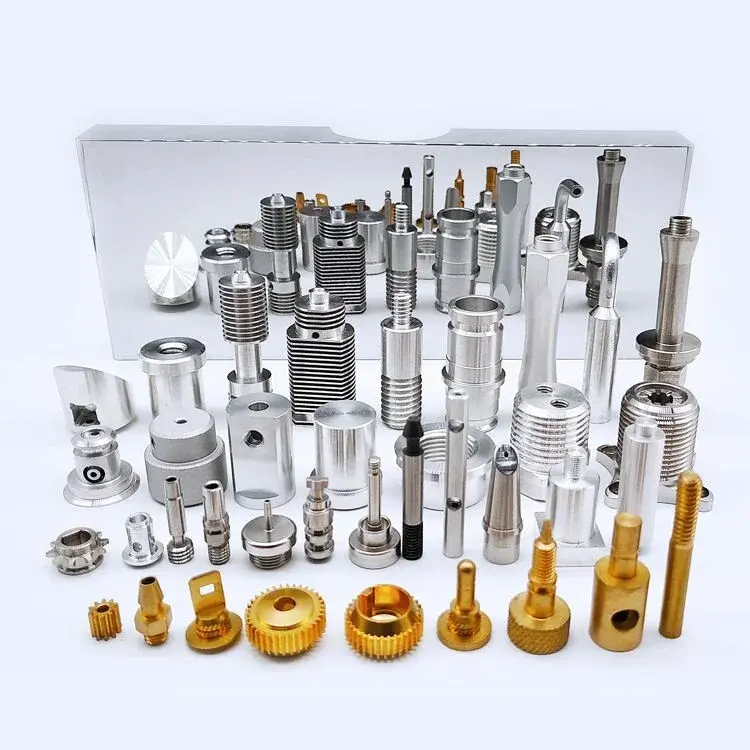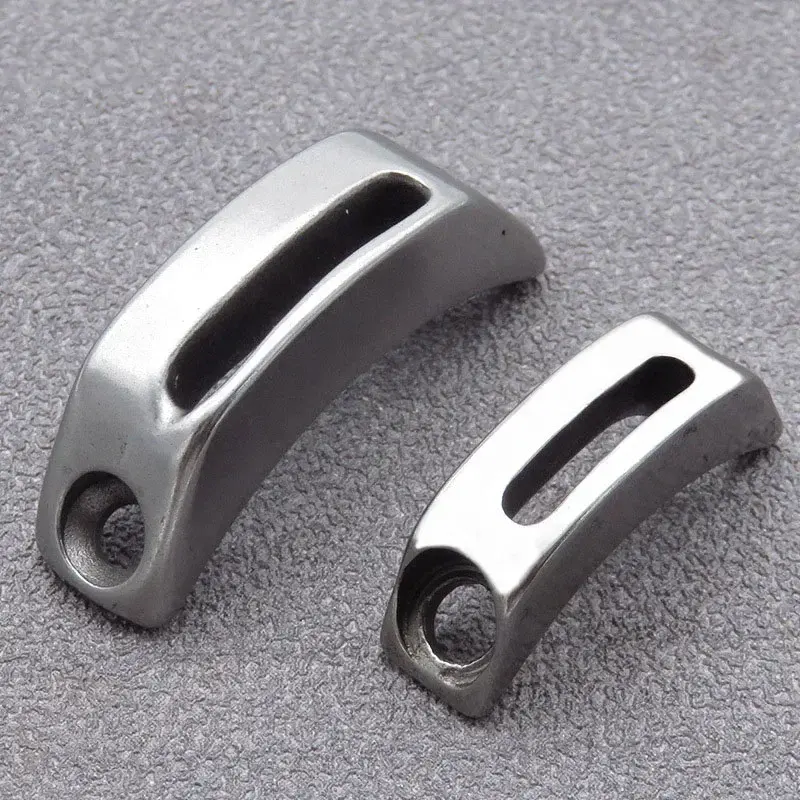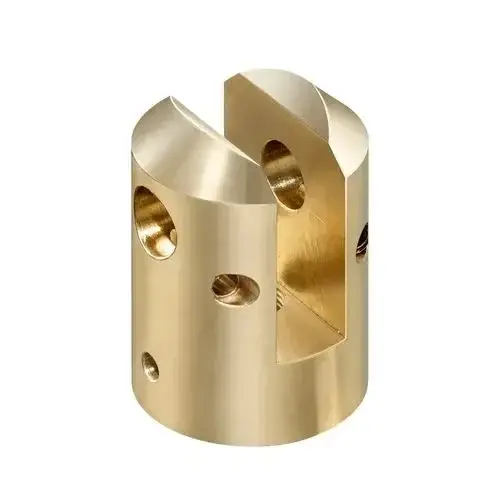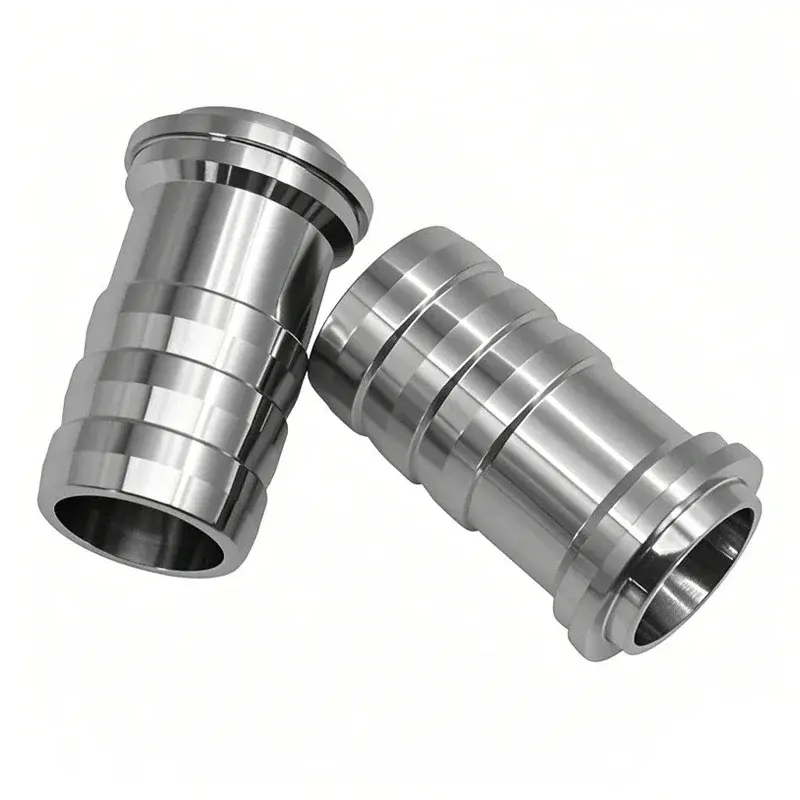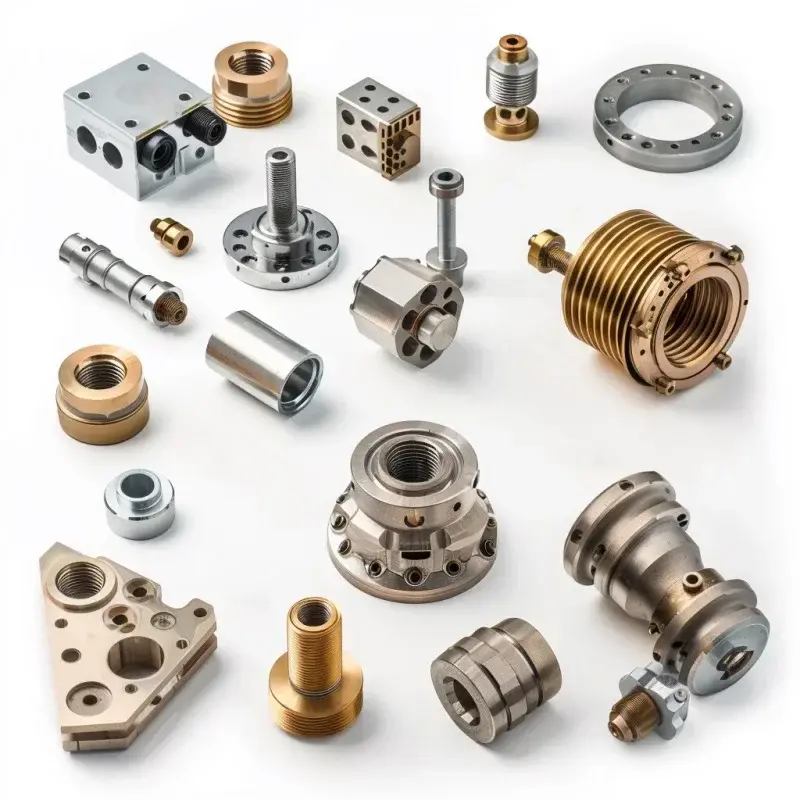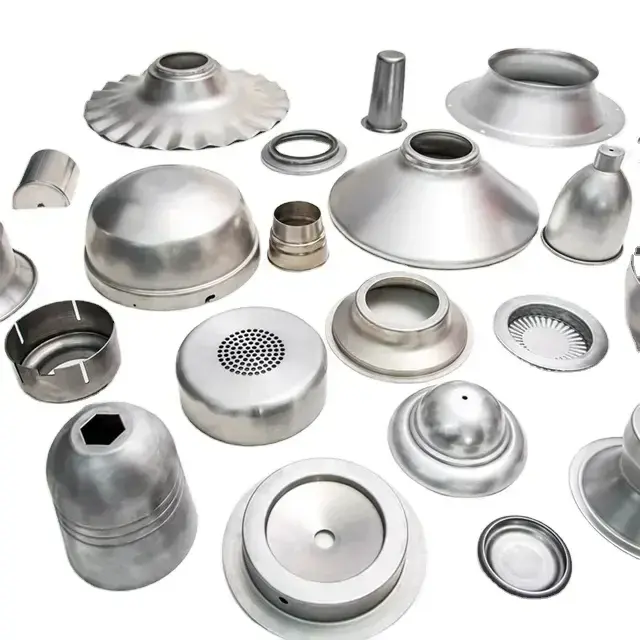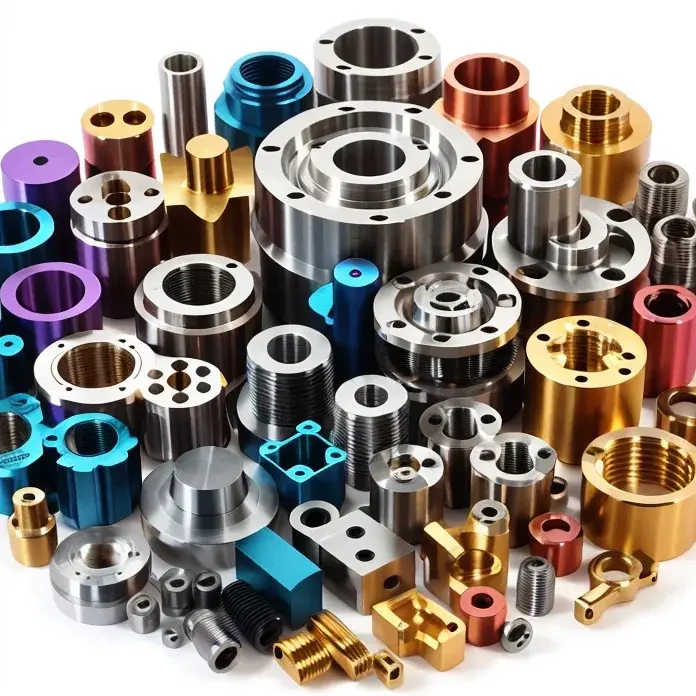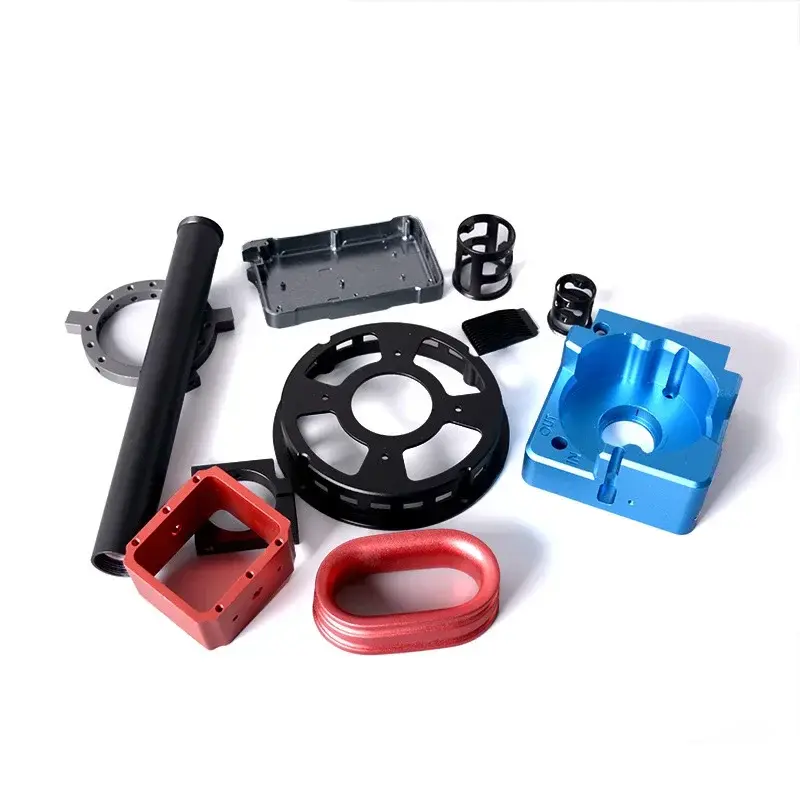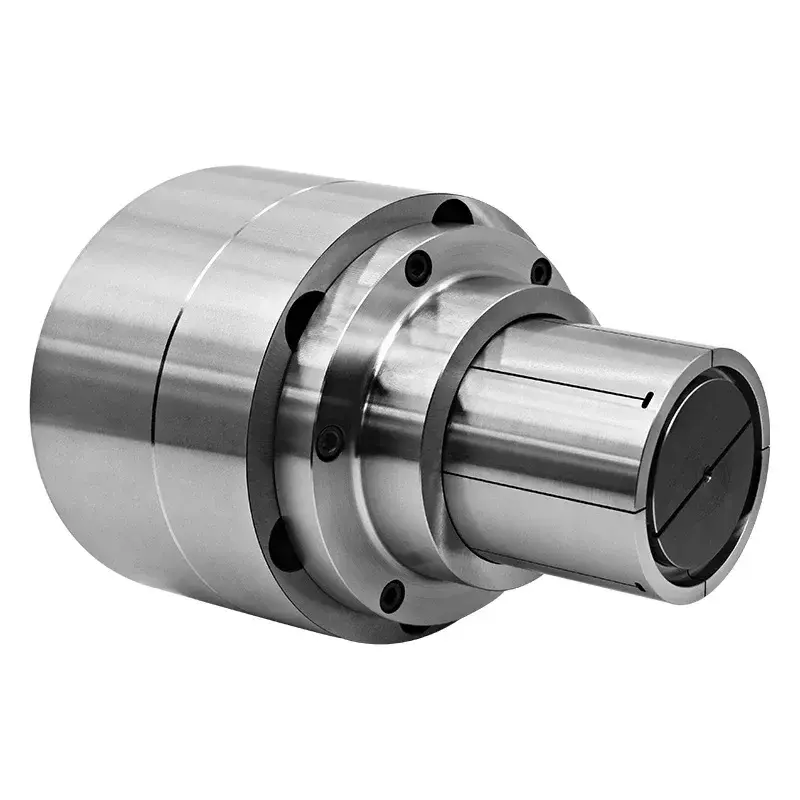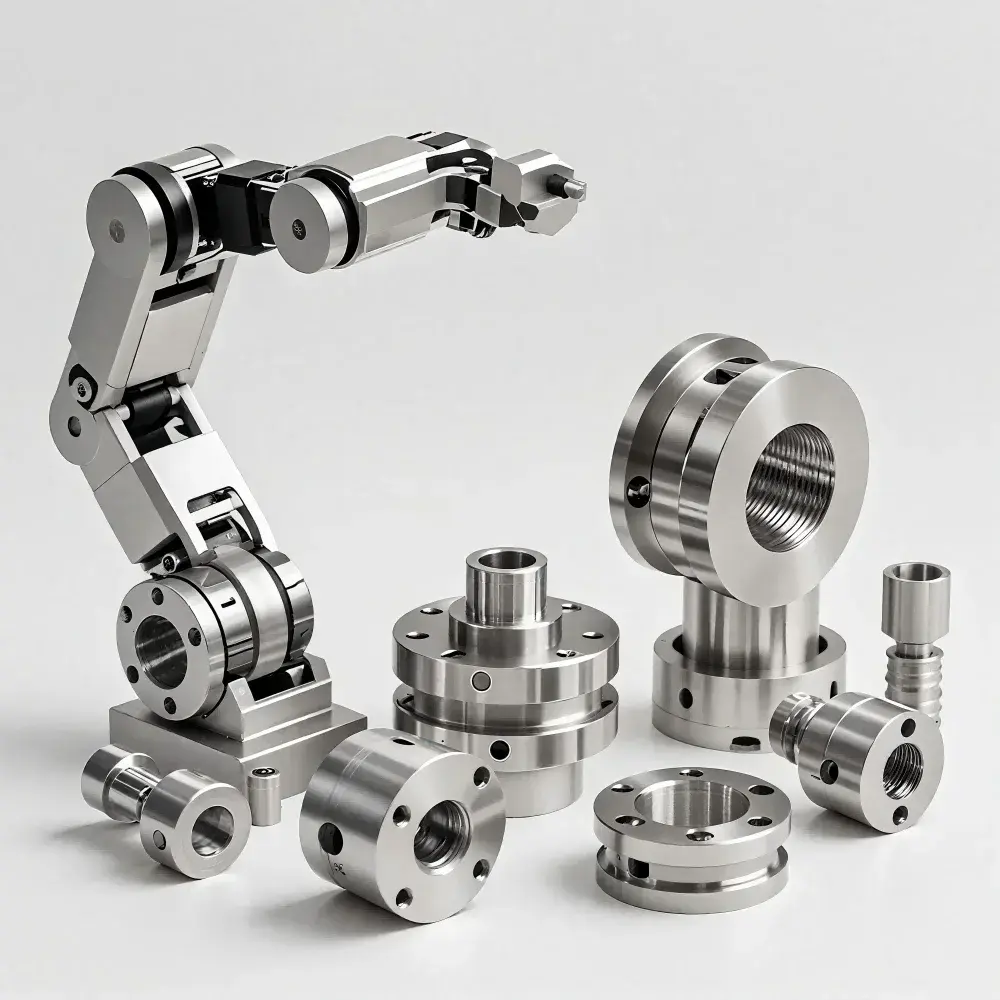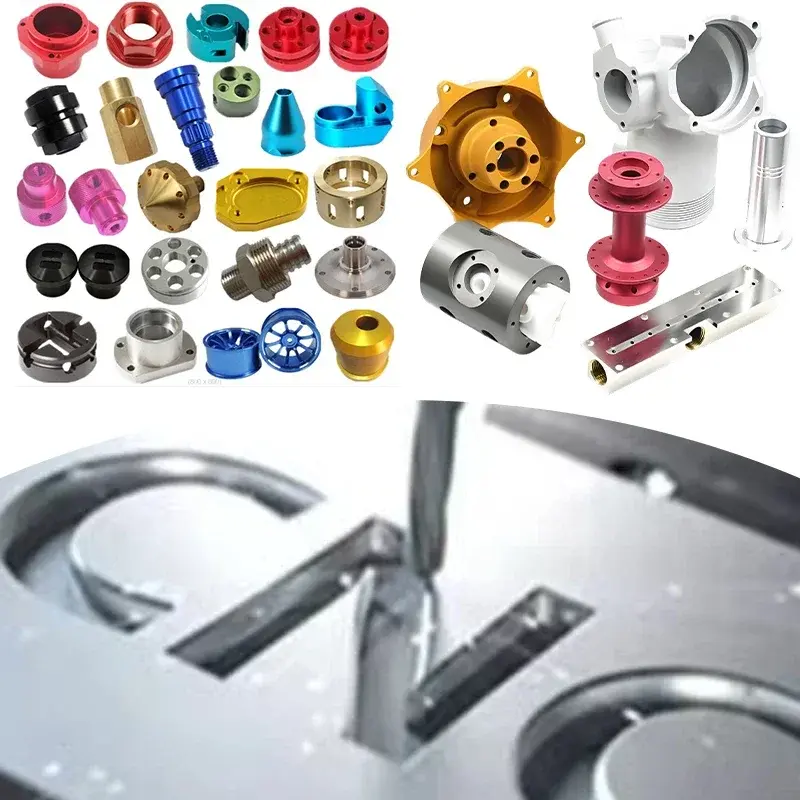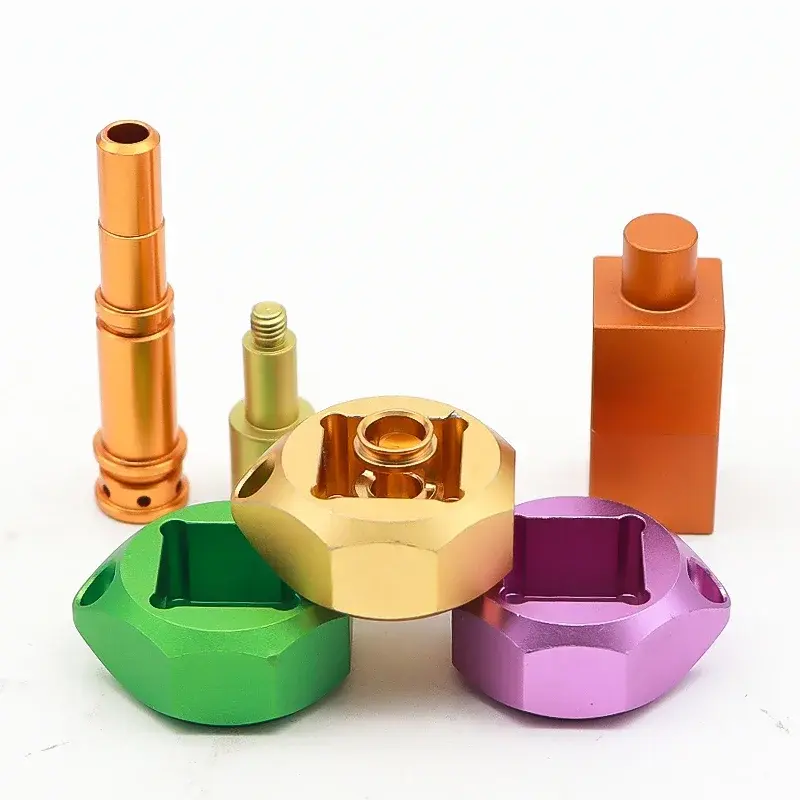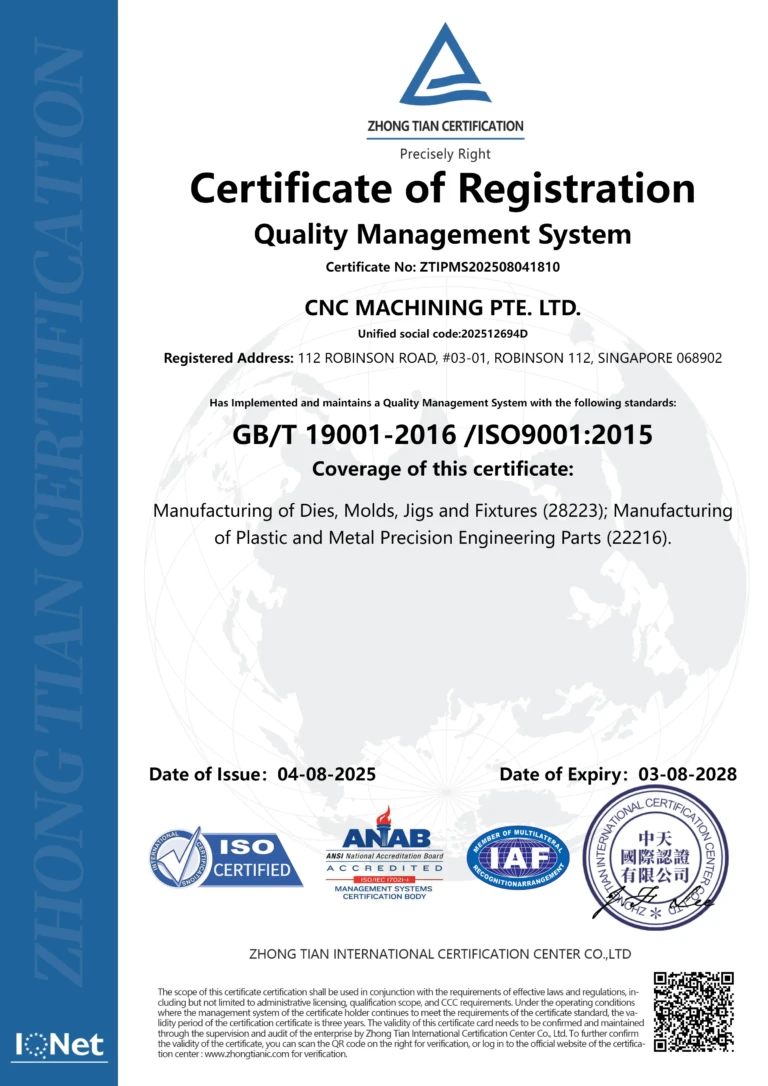Exploring the Versatility of CNC Machining: What Parts Are Generally Processed by CNC Machining
In the ever-evolving landscape of manufacturing, Computer Numerical Control (CNC) machining stands as a cornerstone of precision and efficiency. This advanced technology has revolutionized the way we produce complex parts across various industries. But what exactly can CNC machining create? Let’s dive deep into the world of CNC-processed parts and uncover the true potential of this remarkable technology.
Understanding CNC Machining: The Backbone of Modern Manufacturing
Before we explore the types of parts processed by CNC machining, it’s crucial to understand what makes this technology so indispensable in today’s manufacturing ecosystem.
What is CNC Machining?
CNC machining is a subtractive manufacturing process that uses computer-controlled machines to remove material from a workpiece, creating precisely designed parts. These machines follow programmed instructions to execute a wide range of operations, including:
- Milling
- Turning
- Drilling
- Boring
- Reaming
- Tapping
The key advantages of CNC machining include:
- High precision and repeatability
- Ability to create complex geometries
- Increased productivity
- Reduced human error
- Flexibility in materials and applications
Now that we have a foundation, let’s explore the diverse range of parts that CNC machining can process.
The Spectrum of CNC-Machined Parts
CNC machining’s versatility allows it to process a wide array of parts, each with its unique characteristics and challenges. Let’s break down the main categories:
1. Box-Type Parts: The Backbone of Industry
Box-type parts form the foundation of many industrial applications. These components are characterized by:
- Multiple hole systems
- Internal cavities
- Specific proportions in length, width, and height
Industries Utilizing Box-Type Parts:
- Automotive
- Aerospace
- Machine tool manufacturing
- Heavy equipment
Key Features of Box-Type Parts:
- Multi-station hole systems
- High surface finish requirements
- Strict geometric tolerances
- Complex process sequences (milling, drilling, boring, tapping, etc.)
Example: Engine Blocks
Engine blocks are a prime example of box-type parts. They require precise hole systems for cylinders, oil passages, and mounting points, all while maintaining tight tolerances for optimal engine performance.
2. Special-Shaped Parts: Pushing the Boundaries of Design
Special-shaped parts showcase the true flexibility of CNC machining. These components often feature:
- Irregular geometries
- Mixed processing of points, lines, and surfaces
- Challenging rigidity and clamping requirements
Industries Leveraging Special-Shaped Parts:
- Medical devices
- Aerospace
- Custom machinery
- Artistic installations
Challenges in Machining Special-Shaped Parts:
- Maintaining dimensional accuracy despite complex shapes
- Minimizing clamping deformation
- Optimizing tool paths for efficient material removal
Example: Prosthetic Implants
Medical prosthetics often require highly customized, organic shapes to fit individual patients. CNC machining excels in creating these unique, biocompatible components with high precision.
3. Discs, Sleeves, and Plate Parts: Precision in Rotation
This category encompasses a wide range of rotational and flat components, including:
- Flanged shafts
- Motor covers
- Valve bodies
- Custom gears
Key Characteristics:
- Radial hole patterns
- Keyways and splines
- Distributed hole systems on end faces
- Curved surfaces
Machining Considerations:
- Choice between vertical and horizontal machining centers based on feature orientation
- Balancing of parts for high-speed rotation
- Maintaining concentricity and roundness tolerances
Example: Turbine Discs
Aerospace turbine discs require exceptional precision in their hole patterns and surface finishes. CNC machining provides the accuracy needed for these critical components.
4. Complex Surfaces: Mastering the Art of Contours
CNC machining truly shines when it comes to creating complex, three-dimensional surfaces. This category includes:
- Molds and dies
- Aerodynamic components
- Ergonomic designs
- Artistic sculptures
Advanced Techniques for Complex Surfaces:
- 5-axis machining for seamless contours
- Ball-nose end mills for smooth surface finishes
- Adaptive machining strategies to optimize tool paths
Industries Benefiting from Complex Surface Machining:
- Automotive (for body panels and interior components)
- Consumer electronics (for ergonomic designs)
- Aerospace (for aerodynamic surfaces)
- Mold making (for injection molding and die casting)
Example: Turbine Blades
The complex, twisted surfaces of turbine blades require the precision and flexibility of CNC machining to achieve optimal aerodynamic performance.
5. Special Processing: Beyond Traditional Machining
CNC machining isn’t limited to just cutting and drilling. With the right tooling and programming, it can perform a variety of special processes:
- Engraving
- Texturing
- Pattern creation
- Micro-machining
Applications of Special Processing:
- Creating serial numbers on parts
- Adding grip textures to handles
- Fabricating intricate decorative elements
- Producing microfluidic devices
Advantages of CNC Special Processing:
- Consistency across large production runs
- Ability to create complex patterns and textures
- Integration of functional and aesthetic features in a single setup
Example: Watch Components
The intricate engravings and patterns on high-end watch components showcase the precision and artistry possible with CNC special processing.
Real-World Applications: GreatLight’s CNC Machining Expertise
To illustrate the practical applications of CNC machining, let’s explore some examples from GreatLight, a leader in precision manufacturing:
- Aerospace Brackets: Complex, lightweight components machined from high-strength aluminum alloys, featuring intricate weight-saving pockets and precise mounting holes.
- Medical Implant Prototypes: Titanium components with organic shapes and biocompatible surface finishes, showcasing the ability to create patient-specific designs.
- High-Performance Engine Components: Cylinder heads with optimized combustion chambers and precise valve seat machining, demonstrating the capability to handle complex internal geometries.
- Optical Instrument Housing: Aluminum enclosures with tight tolerances for optical alignment, incorporating light-baffling features and precision mounting interfaces.
- Custom Robotics Parts: Specialized end-effectors and structural components, highlighting the flexibility of CNC machining in creating unique, application-specific parts.
These examples from GreatLight underscore the versatility and precision of CNC machining across various industries and applications.
The Future of CNC Machining: Emerging Trends and Technologies
As we look to the future, CNC machining continues to evolve, pushing the boundaries of what’s possible in manufacturing. Some emerging trends include:
1. Hybrid Manufacturing
Combining CNC machining with additive manufacturing technologies to create complex parts with optimized material usage and reduced waste.
2. AI-Powered Optimization
Leveraging artificial intelligence to optimize tool paths, predict tool wear, and enhance overall machining efficiency.
3. Sustainable Machining Practices
Developing eco-friendly cutting fluids, implementing energy-efficient machines, and optimizing material usage to reduce environmental impact.
4. Internet of Things (IoT) Integration
Connecting CNC machines to the broader manufacturing ecosystem for real-time monitoring, predictive maintenance, and enhanced quality control.
Conclusion: The Boundless Potential of CNC Machining
From the precise cavities of engine blocks to the intricate engravings on luxury watches, CNC machining has proven its ability to tackle an incredibly diverse range of manufacturing challenges. Its flexibility, precision, and efficiency make it an indispensable technology across industries.
As we’ve explored, CNC machining excels in creating:
- Complex box-type parts with multiple features
- Special-shaped components with challenging geometries
- Precise rotational and plate parts
- Intricate surfaces and contours
- Specialized textures and engravings
The examples from GreatLight further illustrate how CNC machining is pushing the boundaries of what’s possible in modern manufacturing.
As technology continues to advance, the potential applications for CNC machining will only grow. Whether you’re an engineer designing the next generation of aerospace components or an artist looking to bring your vision to life in metal, CNC machining offers a world of possibilities.
The question is no longer “What can CNC machining do?” but rather, “What will you create with CNC machining?” The answer lies in your imagination and the skilled hands of CNC machinists and programmers who bring these incredible machines to life.

